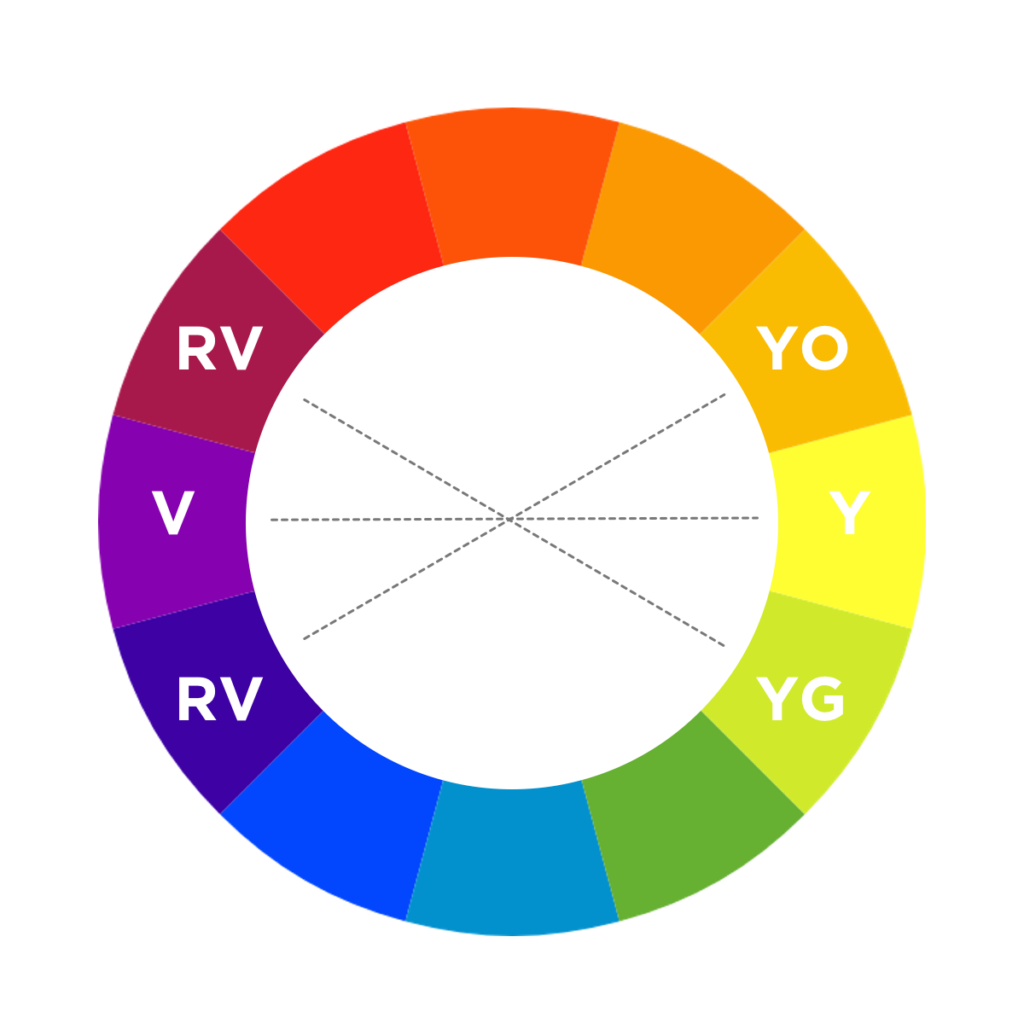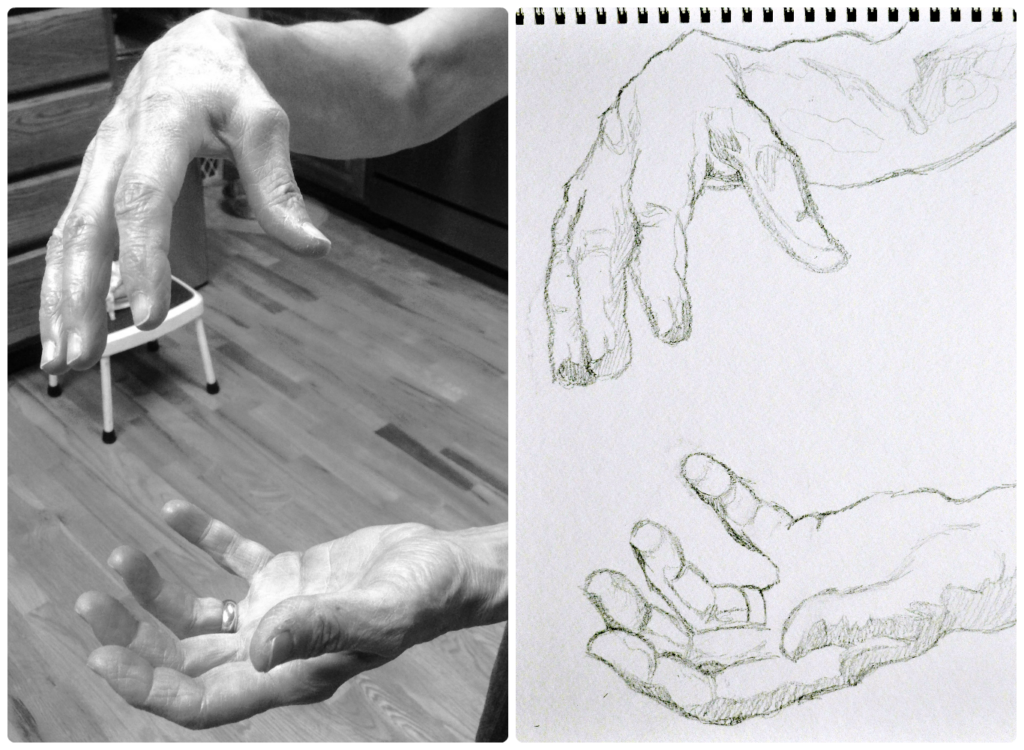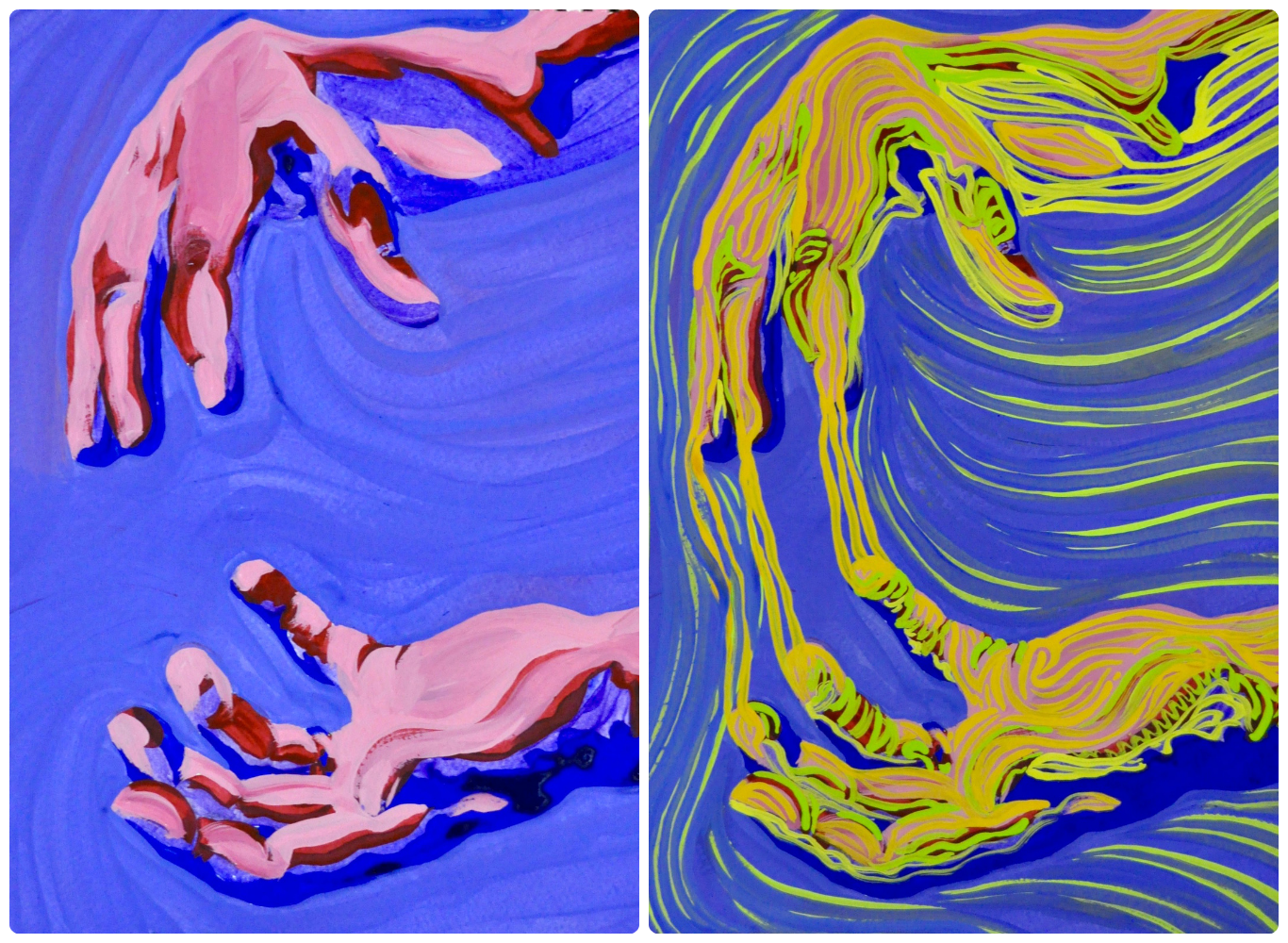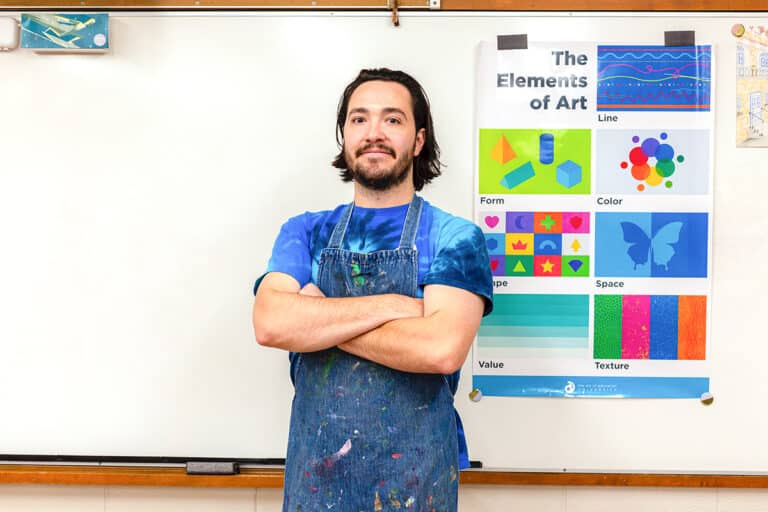There are a few topics in art education that seem to pop up no matter what grade level you teach. Color theory is one of those. While you may love color theory, you may not love constantly coming up with new ways to teach it. On one hand, new and interesting ideas keep students engaged and keep you enthusiastic about teaching. On the other, it takes an immense amount of brainpower to continuously come up with new ways to teach the same concepts. It’s easy to get stuck in a rut, and even a colorful rut can get boring!
One of the many reasons I enjoy teaching our Studio: Painting – Tempera & Acrylic course is that one of the assignments focuses specifically on color theory. In the assignment, course participants are asked to either create a piece of art, create an instructional tool, or create a game. The range of ideas developed and shared is always spectacular!
 Today I’m excited to share a creative idea from course participant Megan LeSage, a Middle School Art Teacher in Brighton, Colorado. Megan decided to go with option one and create a piece of art. The way she saw it, the assignment allowed her to work through a potential lesson for her students while getting in that creation time all art teachers crave.
Today I’m excited to share a creative idea from course participant Megan LeSage, a Middle School Art Teacher in Brighton, Colorado. Megan decided to go with option one and create a piece of art. The way she saw it, the assignment allowed her to work through a potential lesson for her students while getting in that creation time all art teachers crave.
Megan decided to create a work of art with an advanced color scheme, using a complementary set of analogous colors: blue-violet, violet, red-violet and yellow-orange, yellow, yellow-green.

The work is called “Invisible Threads” and is about how our lives are interconnected in unseen ways.

Isn’t it beautiful?
Megan was gracious enough to share her process for creating this piece. Take a look and see how it might inspire a new color theory lesson in your room!
To start, here is Megan’s process board that she created for this assignment. Feel free to download it for inspiration then follow along with the steps below.
Reference Photo and Sketch
First, Megan took a photo of her mom’s hands to use as her reference. “I have often used hands as storytellers in my artwork,” explained Megan on her process board. Perhaps your students could start a color theory project with their own meaningful photos.

Megan then created a contour sketch using graphite from her reference photo. Starting a project with a contour sketch would be a great way to build in an extra layer of art room vocabulary.
Color Scheme
Megan’s color scheme was inspired by Marc Chagall’s quote, “All colors are the friends of their neighbors and the lovers of their opposites.” She set up her workspace and began painting. (Don’t you love the squeeze bottles she uses to store and dispense her tempera paint?)

It could be fun to have students choose a color scheme that was inspired by something else. Having them start with a favorite quote or song lyric could really help them connect to a project!
Finishing the Piece
Megan first completed an underpainting in blue-violet, violet, red-violet, and some tints of those colors. You can see what that looked like on the left.

Then, Megan completed the painting with yellow-orange, yellow, yellow-green, and some tints of those colors. The way she applied this top layer with lines of paint gives this painting an excitement that I love. The “invisible threads” remind me of electricity flowing between the two hands.
Perhaps your students could also do an underpainting and finishing touches in two separate color schemes. To simplify things for younger students, you might break it into warm and cool colors or primary and secondary colors.
I appreciate Megan allowing us to share her work outside of the AOE Studio: Painting – Tempera & Acrylic course. I knew the moment I saw this piece that it deserved a wider audience. Hopefully, it has sparked some new ideas for your classroom.
If you are looking to dig yourself out of a teaching rut and spend some time being creative with your own artwork, I hope you consider taking one of AOE’s Studio courses. Megan has taken more than one, and I know she will tell you that it is so worth it! You deserve setting aside time to be creative. Plus, you will come out refreshed with new ideas which will directly benefit your students!
Was there a part of Megan’s lesson that sparked an idea for your own lesson?
What part of color theory do you find yourself in a rut with the most?
Magazine articles and podcasts are opinions of professional education contributors and do not necessarily represent the position of the Art of Education University (AOEU) or its academic offerings. Contributors use terms in the way they are most often talked about in the scope of their educational experiences.






